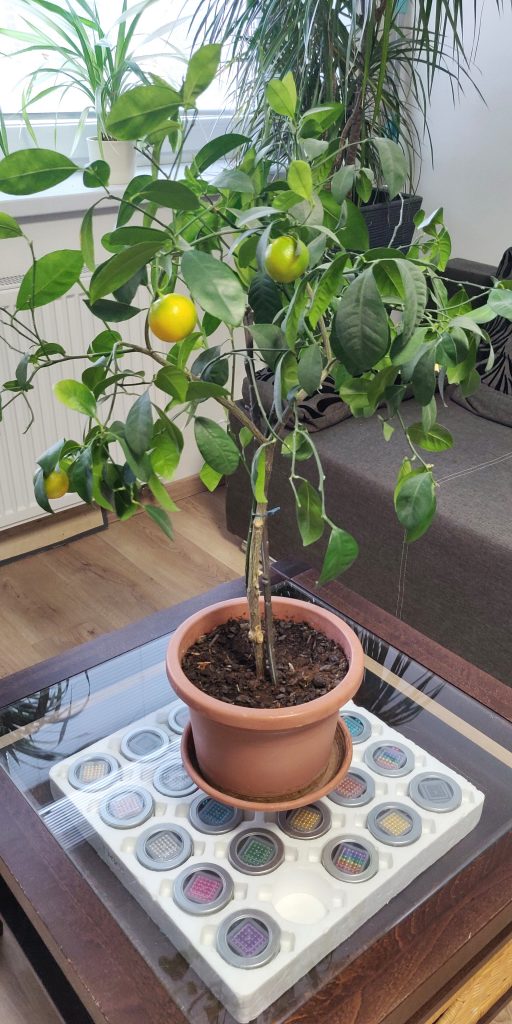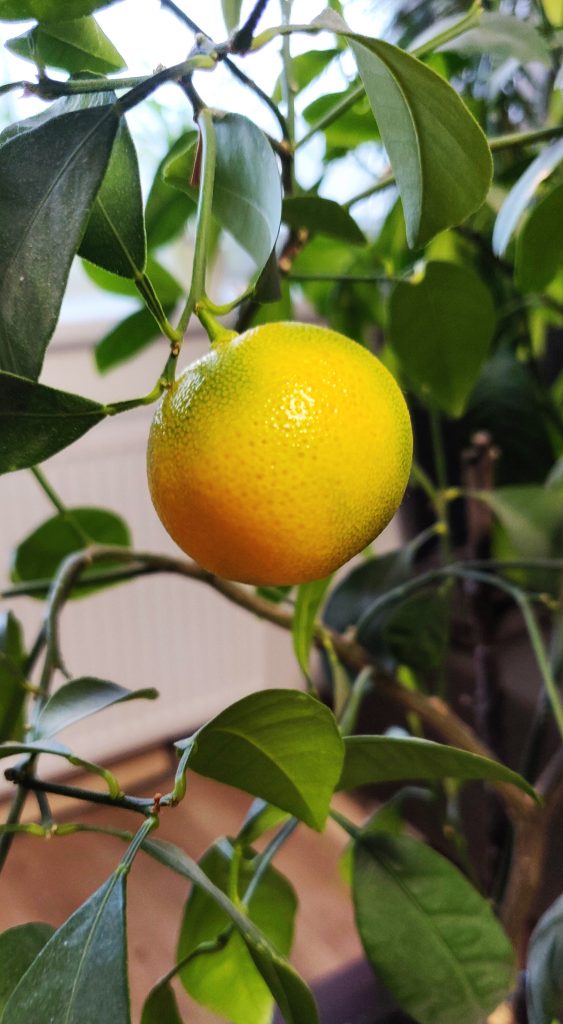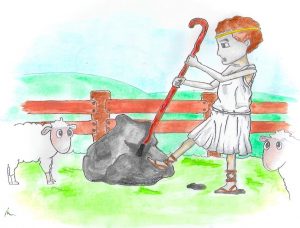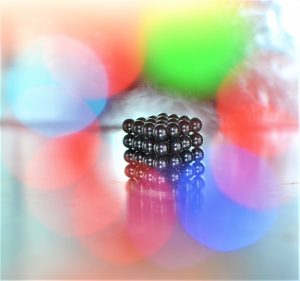Effect of magnetic field on plant thriving: Myth or reality?
Can a magnetic field positively influence the growth of plants?
This question has become the subject of curiosity and debate among lay persons and scientists alike. So is the effect of the magnetic field on plants a real phenomenon or just a myth?
The positive effect on the human body in certain cases has already been confirmed, so many patients with various health problems are already enjoying the positive health effects of magnetotherapy . However, proving the positive effect of the magnetic field on plant growth is still the subject of various experiments.
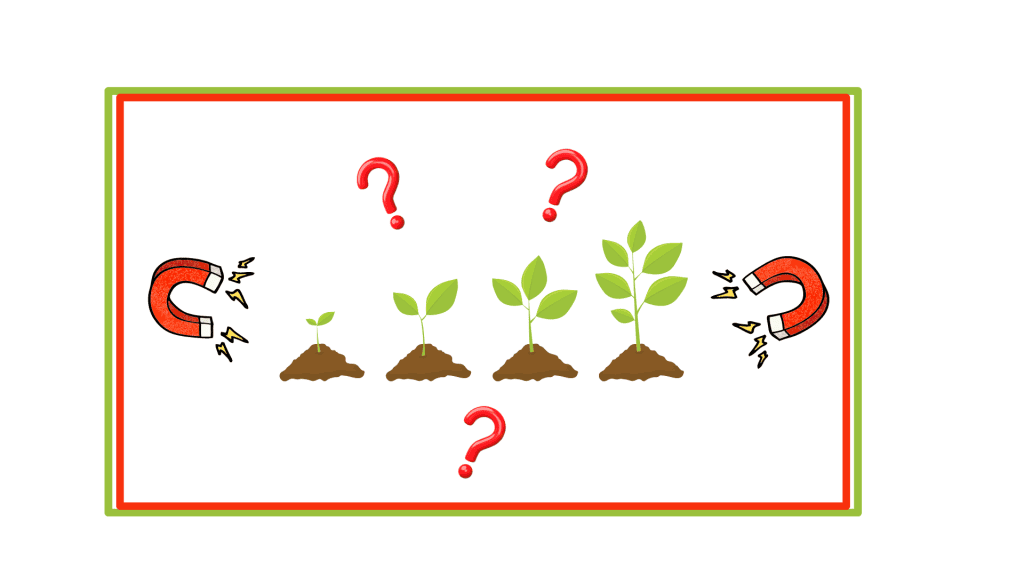
The scientific article “Magnetic field regulates plant functions, growth and enhances tolerance against environmental stresses” by the author Ramalingam Radhakrishnan, published in the journal Physiology and Molecular Biology of Plants, presents the knowledge about the effect of the magnetic field on plants, which the author obtained by conducting the study.
The results of Radhakrishanan’s study revealed that the magnetic field affects several aspects of plant life, such as root growth, photosynthesis and antioxidant production. The results of the study also indicate that the magnetic field has the ability to increase the tolerance of plants to environmental stresses. This means that plants exposed to a magnetic field are better able to cope with adverse conditions such as drought, low temperatures or lack of nutrients.
However, this topic is not simple. Several factors can influence the degree of influence of the magnetic field on plant growth. For a more detailed understanding of this phenomenon, it would therefore be appropriate to know the conclusions of several experiments with varying conditions and procedures.
Make your own MAGNETIC EXPERIMENT at home:
Is it necessary to wait for the results of further studies? No it’s not. If you’re wondering if your plant would do better if it were exposed to a magnetic field, you can do your own experiment at home.
What will you need?
- Two identical plants: Choose two plants of the same species and size. The best are young plants that are just starting to grow.
- Two flower pots: Use two identical flower pots (same shape, size and material).
- Ferrite magnets: As ferrite magnets resist water well, they are more suitable for this purpose than neodymium magnets. Choose the shape and size as you wish. Experiment with their number or position. You can try for example blocks 30x20x10 mm from our offer, or plant a young plant in the centre of a ferrite ring magnet. Please do not forget about safety and proper handling of strong magnets.
The procedure is simple:
Plant both plants in pots using the same type and amount of soil. Water the plants at the same intervals and with the same amount of water.
Do not forget to place magnets in the soil of one of the pots, which will create a magnetic field around the plant. Remember that the strongest magnetic field is in close proximity to the magnet. So if you place the magnet on the edge of the pot, only a weak or no magnetic field will affect the plant. If you place the magnet in close proximity to the plant, the magnetic field acting on the plant will be the largest.
Observe how the plants are doing over time and record the results at regular intervals. If you notice any differences, we would appreciate it if you could share them with us.
Finally, a demonstration of how our plants are doing at the company in the rooms where we prepare magnets for sending your order as well :). In general, all the flowers here are very satisfied, they bloom beautifully and grow quickly. This tangerine tree surprised us so beautifully in January. It is true that it did not have magnets directly in the flower pot. Therefore, the question remains whether our “magnetic environment” helped it thrive, or whether it simply enjoys the good team atmosphere that we create together when working with colleagues :).
